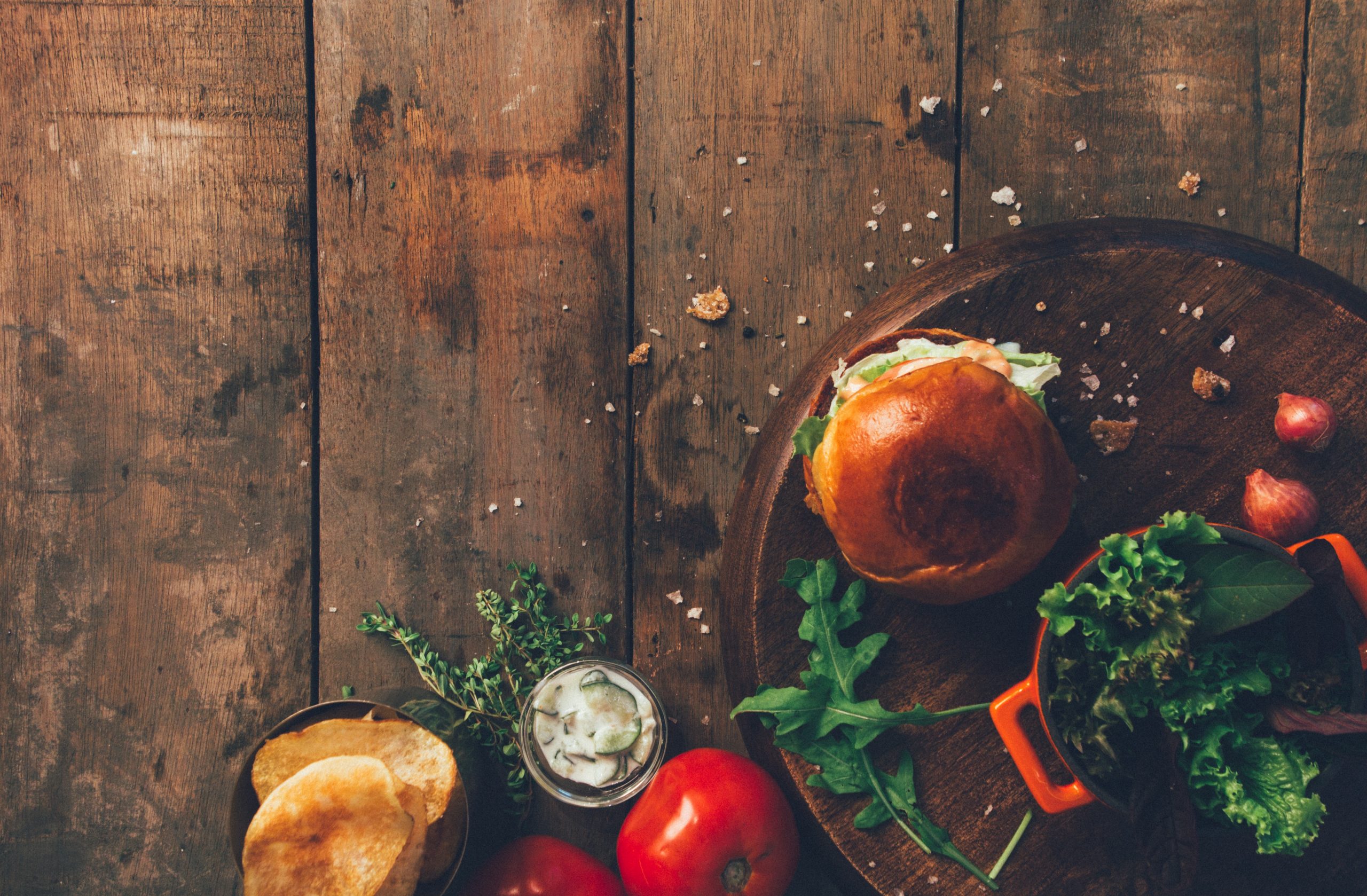For some reason, the relationship of our Food System to the Climate Crisis is seldom in the news. It is rarely at the forefront of climate presentations and surveys. Yet recent data analysis of the food system (including packaging, transportation, disposal, and agricultural issues) found that the global food system contributed a third of all emissions in 2018. We hear about alternative energy and electric vehicles and that is important, but there is less information about what we can do to change the damage done by our food system and the ways in which that change can increase the drawdown of carbon.
Taking each part of the food system separately, we probably all know that we can stop using plastic bags when we shop, although we might have a lot of excuses about why we fail to do so. We might also be aware of the packaging issues with food in containers that are recyclable or not. Perhaps we believe that it is an industry responsibility beyond our control.
What about transportation of food across the country or the planet for our consumption? As Winona LaDuke asks in a Minnesota Women’s Press article from last year, “ why does shrimp caught in Scotland go to China to be deveined before being shipped to the US?” We can limit our shopping trips and share driving to grocery stores, but what can we do about the global transportation of food?
Waste is one of the biggest factors in the contribution to the Climate Crisis. We throw out about as much food as we eat. We can do our own fight against waste by shopping carefully, managing the backs of of our refrigerators to avoid food experiments, and freezing some of our food if it can’t be consumed, but what else can be done? There are many groups working on this issue now: chefs are picking up food from grocery stores and cooking meals for the homeless, small company start-ups are delivering excess food in the system to on-line customers and others are processing food from farmers into longer-life products (vegetables into broth).
Refrigeration and freezer operations consume a lot of energy. We can buy fresh food from farmer’s markets and CSAs (Community Supported Agriculture) and other products direct from farmers, also with less packaging. In Britain, an average size supermarket has about 40 feet of frozen roast potatoes and chips, most with chemical additives. I recently overheard a young couple discussing what kind of packaged potatoes to buy, when one of them said, “we could just buy some potatoes and cook them.” What a novel idea!
Many of you, particularly young people, may have decided to be vegetarians or vegans. You may also be tempted to buy the new processed foods on the market. Most of them will have the same issues that any other processed product will have – too many additives. Those who still wish to eat meat and poultry have choices to make. You can continue to buy industrial produced meat and factory farmed poultry or search out better options. Raising meat and poultry in sustainable ways can help with the carbon situation, not add to it. These options can also put the money in the hands of farmers who are trying to provide us with food grown in regenerative ways that support the soil. It’s our choice. We can also buy fish that is wild-caught or farmed in safe and sanitary ways, refusing to purchase seafood that has been shipped around the globe by corporations who never pay fair wages for the work performed.
We can all increase our awareness of the food system issues, read labels, avoid killing orangutans by buying products with palm oil, sign petitions and plan meals with whole foods everyday, but we don’t. We have busy lives, we are tired, we want quick food and easy choices and we want our food to cost less. And so the current food system persists, the agricultural policy favors big corporations and the planet suffers. Unfortunately we also suffer. Our current way of buying and consuming food is causing untold health problems. Dr. Mark Hyman, in his book Food Fix writes, “Obesity, now officially considered a disease and its downstream diseases (heart disease, cancer, type 2 diabetes, dementia, arthritis and others) are literally weighing down our species, our communities, our environment and our economy…” Health care costs in the US are the highest in the world and relate to the diseases listed here.
So how can any of us change this scenario for our own health, for our children and grandchildren and for the planet? If nothing else, we can all be better informed consumers. We have the consumer power to change the food system and it will pay off in our own health and the health of our families. We have to spend a little time paying attention to the information and perhaps a few more minutes choosing our food, as we learn what products are safe, nutritious and locally produced. Some of us can grow food in our gardens, on our rooftops and our balconies. If you want to know more about the subject, read Mark Hyman’s books, Food:What the Heck Should I Eat? and Food Fix – How to Save Our Health, Our Economy, Our Communities, and Our Planet – One Bite at a Time. If you want to read about more solutions for our Planet and what others are doing, read Drawdown – The Most Comprehensive Plan Ever Proposed to Reverse Global Warming and/or All We Can Save – Truth, Courage, and Solutions for the Climate Crisis.

